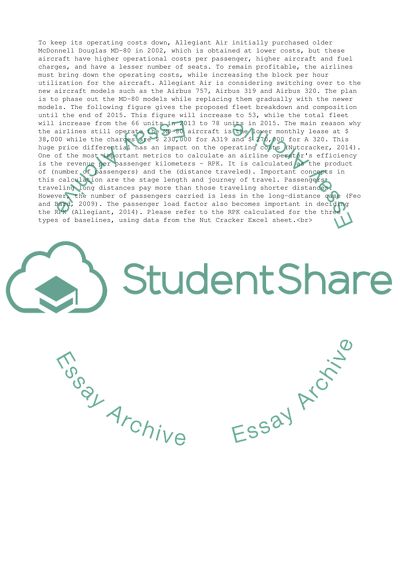Cite this document
(“Fleet Planning for Allegiant Air Coursework Example | Topics and Well Written Essays - 2750 words”, n.d.)
Fleet Planning for Allegiant Air Coursework Example | Topics and Well Written Essays - 2750 words. Retrieved from https://studentshare.org/business/1833799-fleet-planning
Fleet Planning for Allegiant Air Coursework Example | Topics and Well Written Essays - 2750 words. Retrieved from https://studentshare.org/business/1833799-fleet-planning
(Fleet Planning for Allegiant Air Coursework Example | Topics and Well Written Essays - 2750 Words)
Fleet Planning for Allegiant Air Coursework Example | Topics and Well Written Essays - 2750 Words. https://studentshare.org/business/1833799-fleet-planning.
Fleet Planning for Allegiant Air Coursework Example | Topics and Well Written Essays - 2750 Words. https://studentshare.org/business/1833799-fleet-planning.
“Fleet Planning for Allegiant Air Coursework Example | Topics and Well Written Essays - 2750 Words”, n.d. https://studentshare.org/business/1833799-fleet-planning.


